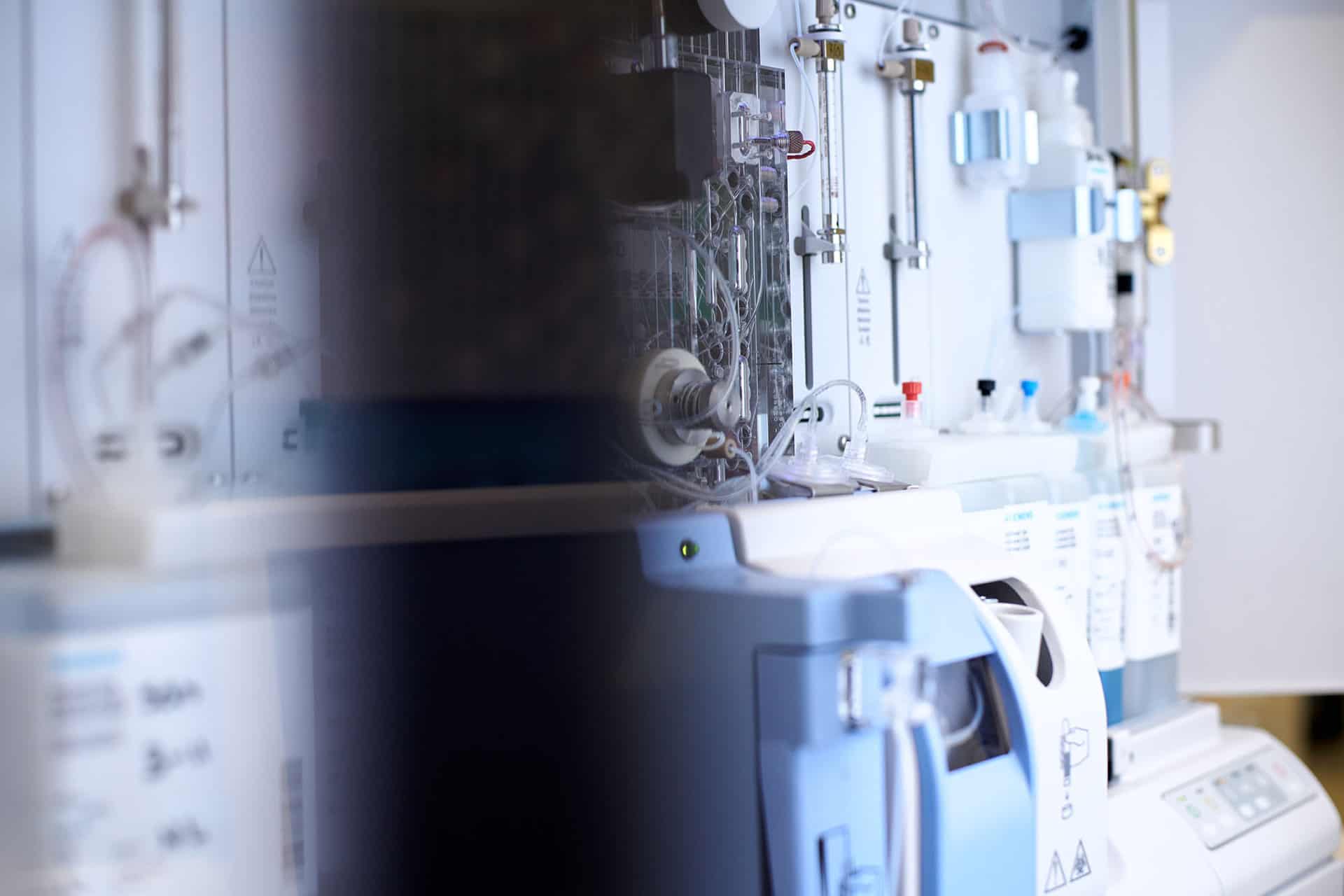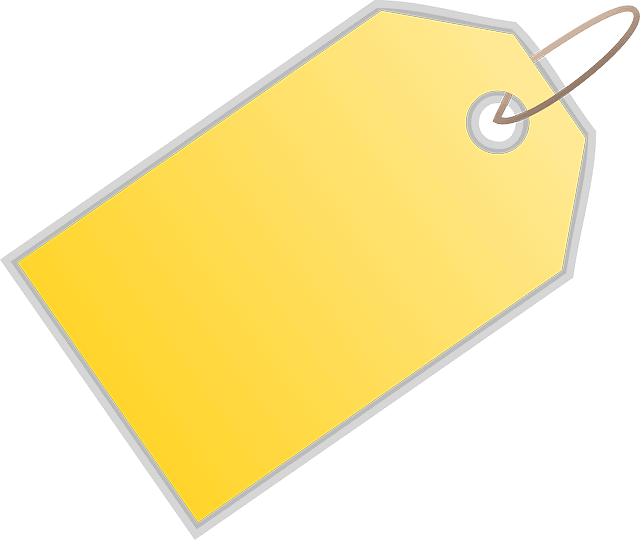The aim of this article is to outline the process of building your own car survival kit. Most of us spend a lot of time in our cars, and we’ll all likely face some kind sort of roadside emergency in our lives. For most of us it will be something simple like a flat tire, but some of us may face a more serious situation, such as being stranded in an isolated area or stranded due to extreme weather conditions. In such instances, a survival kit may save your life, so it pays to be prepared.
Here are some of the items you should consider including in your kit:
MISCELLANEOUS
Backpack- to place all of your items in and store in your trunk.
First aid kit- for the treatment of minor injuries.
Duct tape- various possible uses.
Leather-palmed gloves- to keep your hands safe during electrical work, and warm in the winter.
Fire extinguisher- to extinguish small fires.
Fleece blanket- to keep warm while you’re waiting for help to arrive.
Hand cleaner and rag- for cleaning your hands.
Cell phone- to call for help or to be used by emergency services to triangulate your position.
GPS system- if you have one it will help you find your way home.
Compass- for old-fashioned navigation.
TOOLS
Swiss army knife- obviously has multiple uses.
Repair wire- for wire repair work.
Pliers with insulated handles
Universal screwdriver
Wrench
Tow rope with metal hooks- for vehicle towing.
Jumper cables- for charging batteries.
Bungee cords with hooks- for securing things in your trunk; for securing objects on the roof of your vehicle.
TIRES
Tire sealant and inflator- to seal small holes in your tire and re-inflate them.
Air compressor- for refilling deflated tires.
Spare tire, jack, lug wrench and wheel lock Key- for changing tires.
STAYING VISIBLE
Chemical light sticks- for visibility at night.
Reflective triangle and road flares- for visibility at night.
Reflective vest- for visibility while working on your vehicle.
LED torch light- more powerful than regular flashlights.
FOOD & WATER
1-2L of water- to stay hydrated if you need to wait a while for help.
A protein bar or MRE- to avoid hunger and stay warm (a full stomach help a ton) while waiting for help.
CLOTHING
Extra clothes- to change your clothes, or add an extra layer.
Emergency poncho with hood- to stay dry in the rain and snow.
You choose what you’d like to include in the kit, but remember to err on the side of too much instead of too little. You never know when an item might come in handy.
If you’re looking for a kit specifically geared towards winter conditions, check out this article on preparedforthat.com
Good luck and stay prepared!




